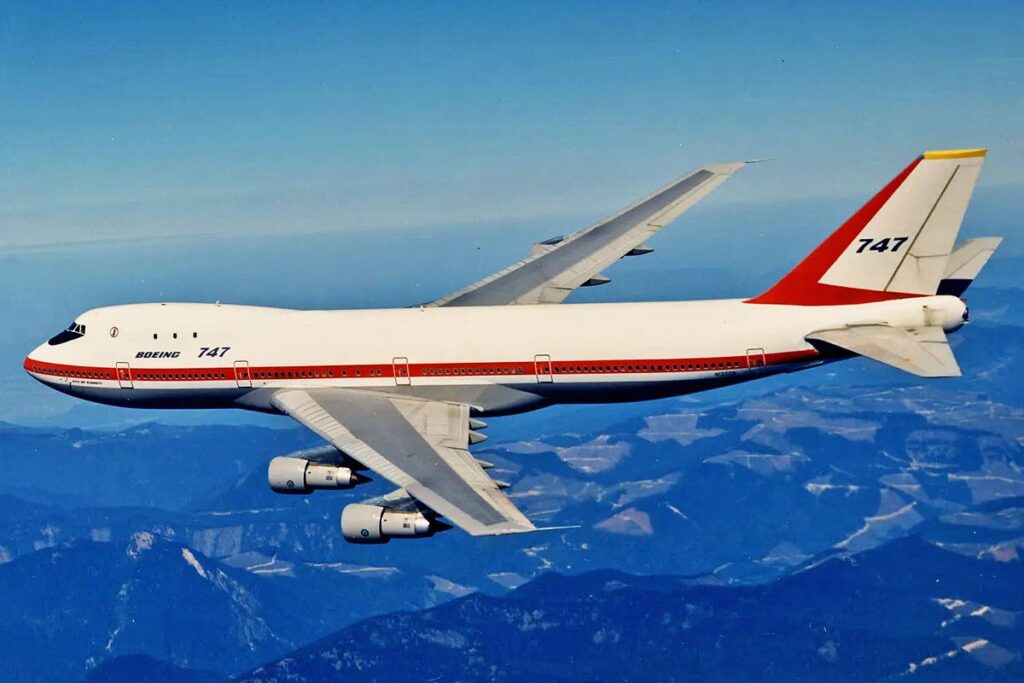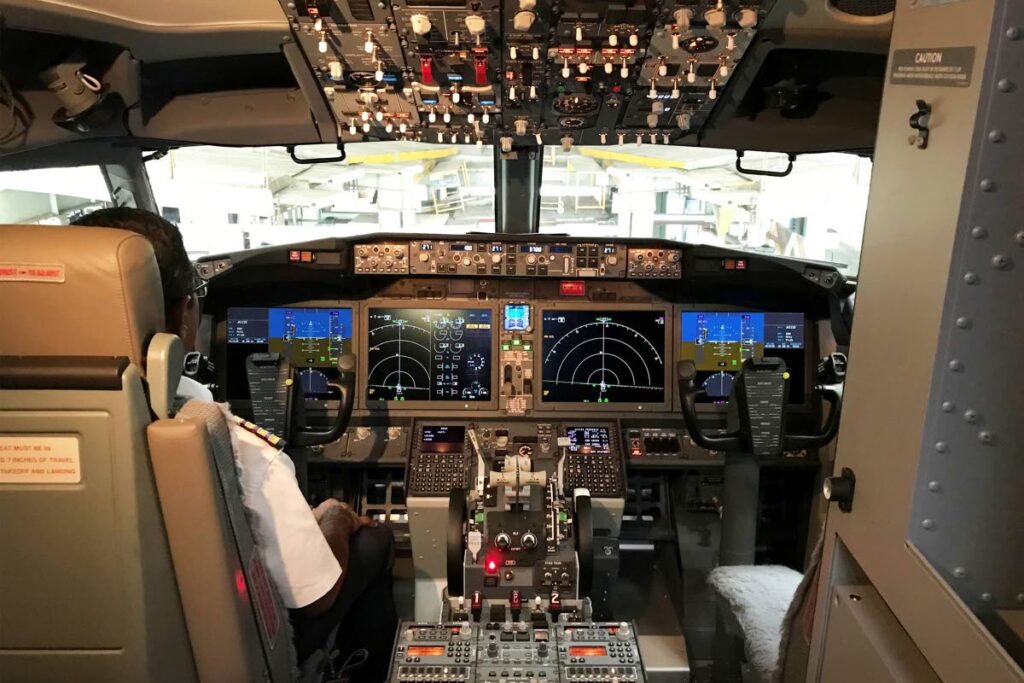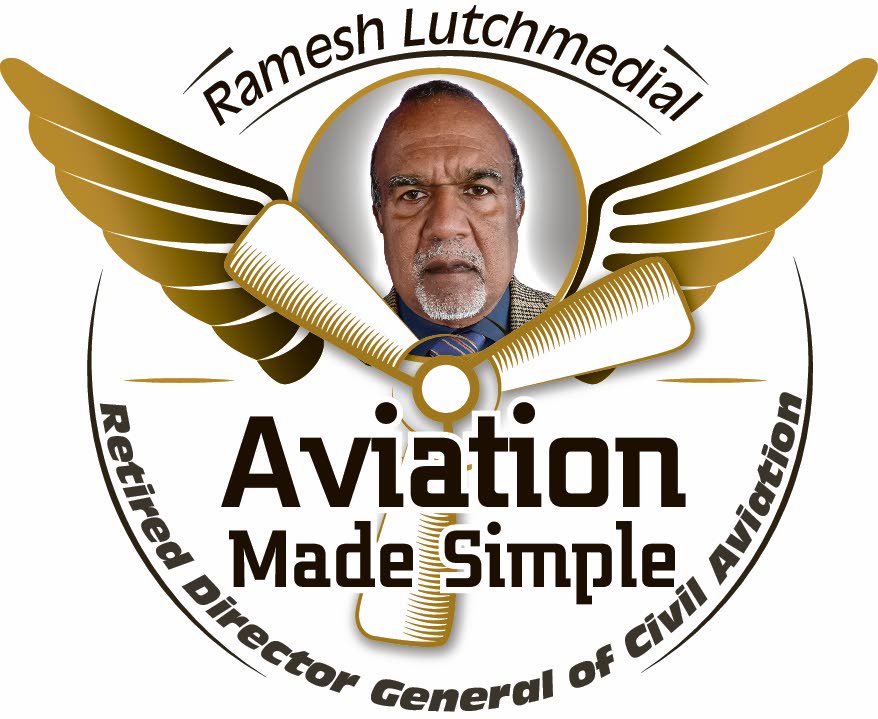Evolution of the Boeing 737

The Boeing 737 is perhaps the most successful narrow-body jet aircraft ever produced, with a total of 11,324 delivered as of the end of February 2023.
The aircraft is manufactured by the Boeing Airplane Company at its Renton Factory in Seattle, Washington.
It was developed to supplement the Boeing 727 trijet on short and thin routes. Envisioned in 1964, the 737 twin-jet retained the Boeing 707 fuselage width and six-abreast seating, with two underwing turbofans jet engines.
On April 5, 1965, Boeing announced an order by United Airlines for 40 737 aircraft. United wanted a slightly larger capacity than the 737-100, so the fuselage was stretched. The longer version was designated the 737-200, with the original variant short-body aircraft becoming the 737-100. Detailed design work continued on both variants simultaneously.

The 737-100 was powered by Pratt & Whitney JT8D low-bypass engines and offered seating for 85-130 passengers.
The original variant, 737-100, made its first flight in April 1967. On December 15, 1967 the Federal Aviation Administration (FAA) certified the 737-100 for commercial service and issued Type Certificate A16WE. The aircraft entered service in February 1968 with the German flag-carrier Lufthansa, which became the first non-American airline to launch a new Boeing aircraft. Lufthansa was the only significant customer to purchase the 737-100, and only 30 aircraft were produced.
The 737 -200 had its maiden flight on August 8, 1967. It was then certified by the FAA on December 21, 1967. The inaugural flight for United Airlines took place on April 28, 1968, from Chicago to Grand Rapids, Michigan. The lengthened -200 was widely preferred over the -100 by airlines. The improved version, the 737-200 Advanced, was introduced into service by All Nippon Airways on May 20, 1971.
All commercial aircraft in the US are built in accordance with a comprehensive airworthiness code set by the US government and based on FAA regulations 14 CFR Part 25 – Airworthiness Standards: Transport Category Airplanes. On completion of the rigorous certification process, which includes flight testing, a type certificate (TC) is issued by the FAA to signify that the approved design or "type" of the aircraft that was manufactured is in compliance with FAA airworthiness requirements.

Variants of the 737 aircraft are known as derivative aircraft, in that they were derived from the original design. Variant aircraft incorporate changes to the original design specifications. This requires part of the certification process to be repeated by the FAA for approval of the design changes, after which an amended TC is issued.
The original 737 continued to be developed into 13 passenger, cargo, corporate and military variants. These were later divided into what has become known as the four generations of the Boeing 737 family.
The first-generation original series consisted of the 737-100 and -200 and included the military T-43 and C-43, which were launched in February 1965.
The second-generation classic series consisted of the 737-300, -400 and -500, was introduced in 1984 with upgraded CFM56-3 turbofans and offered 110-168 seats.
The third-generation "next generation" series, consisting of the 737-600, -700, -800 and -900, was introduced in 1997 and included the military C-40 and P-8. This series had updated CFM56-7s, a larger wing and an upgraded glass cockpit, and offered 108-215 seats.
The fourth generation, the 737 MAX, 737-7/8/9/10 MAX, powered by improved CFM LEAP-1B high bypass turbofans, entered service in 2017 and offered 138-204 seats. In May 2017, Malindo Air, a subsidiary of Malaysian airline Lion Air, took delivery of the first 737 MAX 8 produced, and it entered commercial service on May 22, 2017.
On June 18, 2017, Boeing launched the MAX 10, the longest version of the 737 MAX series aircraft, with the first flight from Renton to Moses Lake. According to Boeing, the 737- MAX 10 is the largest plane in the 737 MAX family, with a range of 3,300 nautical miles. It provides more capacity, with a maximum seating of 230 passengers,and the lowest cost per seat of any single-aisle aeroplane. It will have a length of 143 feet eight inches, compared to the original 737-100 version, with a length of 94 feet.
The 737- MAX 10 incorporates the latest technologically advanced CFM International LEAP-1B engines. The winglet design technologies will deliver reductions in noise and carbon emissions.
The cockpit is equipped with advanced avionics, including advanced head-up displays with larger 15-inch screens that bring a wider perspective and stronger situational awareness for the pilots.
The MAX 10 passenger cabin is the innovative Boeing Sky Interior, which is a design using very comfortable passenger seats, modern-sculpted sidewalls, customisable LED lighting, and other improvements to enhance passenger comfort and experience.
The first Max 10 is expected to be fully certified for commercial service in late 2023 at the earliest. United Airlines is billed to be the launch customer.
The Boeing 737 MAX series aircraft's major competitor is the European-manufactured Airbus A320 neo series aircraft.
As of January 2023, a total of 8,689 A320 neo family aircraft had been ordered by more than 130 customers, of which 2,608 aircraft have been delivered.


Comments
"Evolution of the Boeing 737"